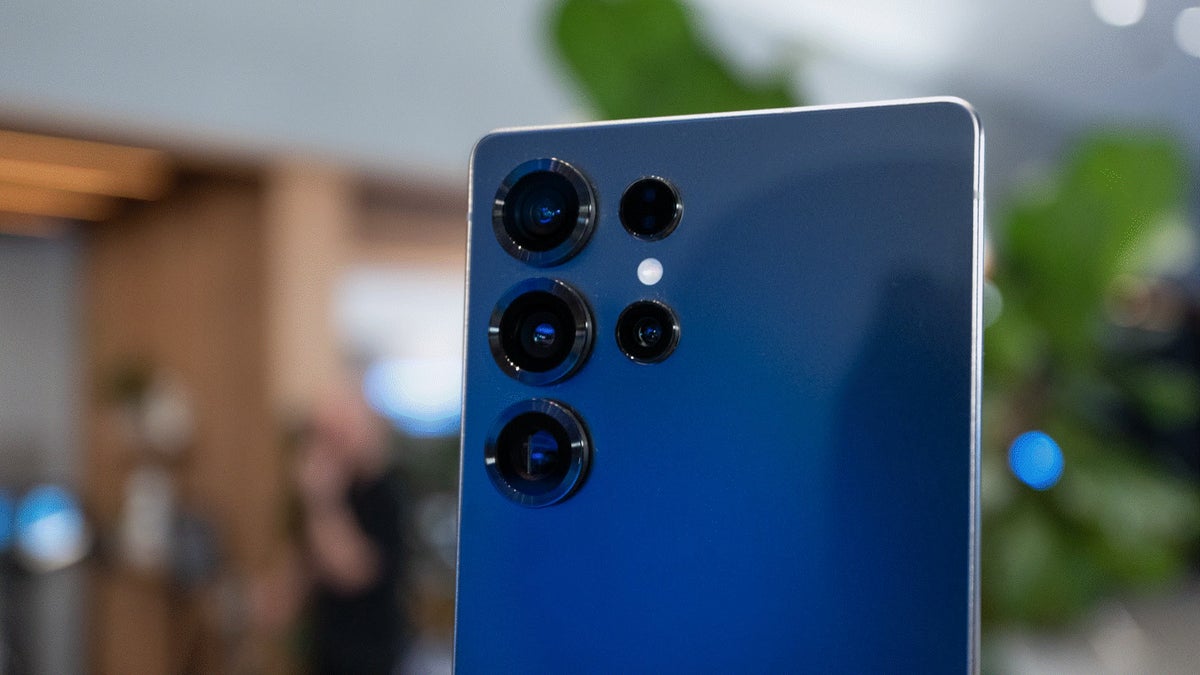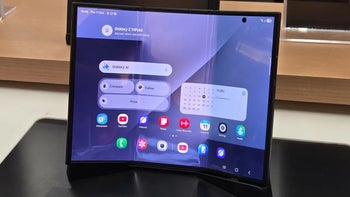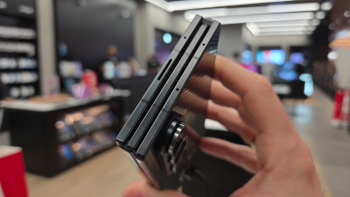Samsung Galaxy S26 will have a weaker Exynos variant for certain markets

It’s all but official now: there will be Exynos variants of the upcoming Samsung Galaxy S26 phones for certain markets. Unfortunately it seems that the tradition of Exynos chips lagging behind their Snapdragon counterparts will continue in 2026 and these variants will perform worse than the Snapdragon versions.
Samsung has been making excellent progress on a 2 nm Exynos 2600 processor but yield rates are reportedly still not viable enough for a global launch. As such some regions, including multiple European countries, will be getting the Galaxy S26 that is powered by the Exynos 2600. The U.S. and certain other markets are expected to receive the Snapdragon-powered Galaxy S26 phones instead.
One upside for Samsung may be that the company is in talks with Qualcomm to manufacture Snapdragon chipsets for Galaxy phones. If Samsung does manufacture the Snapdragon 8 Elite 2 then it at least saves costs there. This will also help cement Samsung Foundry’s return to form and potentially help it attract other major clients as well so it’s not a loss for the company.
Samsung wanted to power all Galaxy S26 phones with the Exynos 2600 but will now have to make do with the same tactic it has used in the past. This split between variants is also likely going to turn some people off from wanting to get a Galaxy S26. Though, in my opinion, the difference between a Snapdragon variant and an Exynos variant will be too minor for most end consumers to care about.

One of the reasons I’ve been a proponent of Exynos is the success of Apple silicon. Apple’s chips — especially the M series — have revolutionized the company’s devices and I wish for Exynos to do the same. Using in-house chips allows for much better hardware and software synergy: something that Huawei is also aiming for with its own Kirin chipsets.
Samsung Foundry only recently stabilized its 3 nm process and began to focus more on its 2 nm production capabilities. Perhaps if the company had made a 3 nm Exynos 2600 chipset it might have been able to equip all Galaxy S26 phones with it. Nevertheless the Exynos 2600 being good enough for use in certain regions is definitely a good sign for Samsung’s progress.
Samsung wanted to power all Galaxy S26 phones with the Exynos 2600 but will now have to make do with the same tactic it has used in the past. This split between variants is also likely going to turn some people off from wanting to get a Galaxy S26. Though, in my opinion, the difference between a Snapdragon variant and an Exynos variant will be too minor for most end consumers to care about.

The entire Galaxy S25 lineup uses the Snapdragon 8 Elite chipset. | Video credit — Samsung
One of the reasons I’ve been a proponent of Exynos is the success of Apple silicon. Apple’s chips — especially the M series — have revolutionized the company’s devices and I wish for Exynos to do the same. Using in-house chips allows for much better hardware and software synergy: something that Huawei is also aiming for with its own Kirin chipsets.
Samsung Foundry only recently stabilized its 3 nm process and began to focus more on its 2 nm production capabilities. Perhaps if the company had made a 3 nm Exynos 2600 chipset it might have been able to equip all Galaxy S26 phones with it. Nevertheless the Exynos 2600 being good enough for use in certain regions is definitely a good sign for Samsung’s progress.
Follow us on Google News














Things that are NOT allowed:
To help keep our community safe and free from spam, we apply temporary limits to newly created accounts: